How to properly treat grapes against diseases and pests in the spring after opening
Grapes are a unique crop. It is eaten fresh, juices and various wines are made from it, and added to salads and other dishes. Like any berry crop, grapes require proper care. After winter, with the arrival of warmth, insect pests also wake up. If measures are not taken in the spring, this will negatively affect the yield. How to treat grapes from diseases and pests after opening in the spring, you will learn from the article.
Why process grapes in spring?

At a soil temperature of +10°C, the grapevine wakes up after winter, and the movement of juices in the stems resumes. At this point, the grapes are freed from winter shelter and the vines that froze in winter are pruned.
Insect pests often lay eggs on plants, including grapes, in the fall, and vines can overwinter already infected. Therefore, it is advisable to carry out preventive treatment of the plant.
Reference. During preventive treatment of grapes, chemicals are used in lower concentrations. Sometimes it is enough to replace them with folk remedies.
Is this necessary?
Spring treatment is mandatory for grape bushes. Without this, pests multiply very quickly. First of all, they attack the buds and buds, causing great harm to the plant. In this case, flowering stops. Preventative spraying destroys pathogens even before they emerge from hibernation in early spring.
Treatment for diseases

Most often, crop diseases are caused by fungal infections.
Common grape diseases:
- powdery mildew;
- downy mildew;
- Alternaria blight;
- numerous types of rot;
- black spot;
- hilar cancer.
Pathogens overwinter in damaged areas of vines, buds, and plant debris. When the air temperature reaches +4°C and humidity increases, the grapes become infected.
From pests
If insect pests are present on the bushes in single quantities, the plants will not die, but will become weakened and vulnerable to disease.
The most dangerous pests of grapes:
- leaf roller;
- grape moth;
- spider mite;
- leafhopper;
- marble Khrushchev;
- marble Khrushchev
- phylloxera.
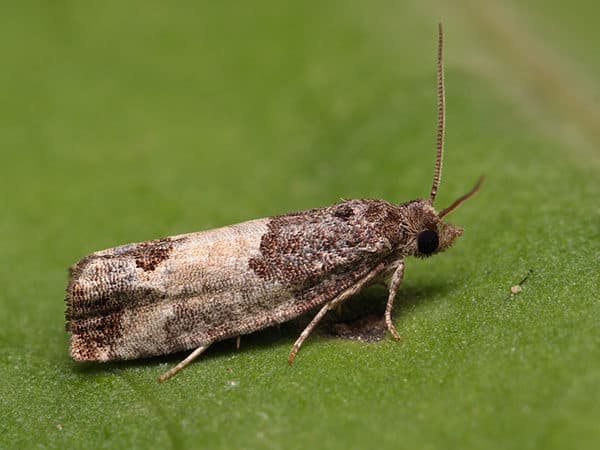
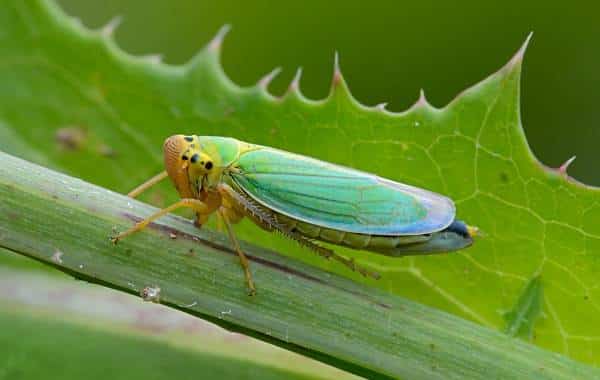
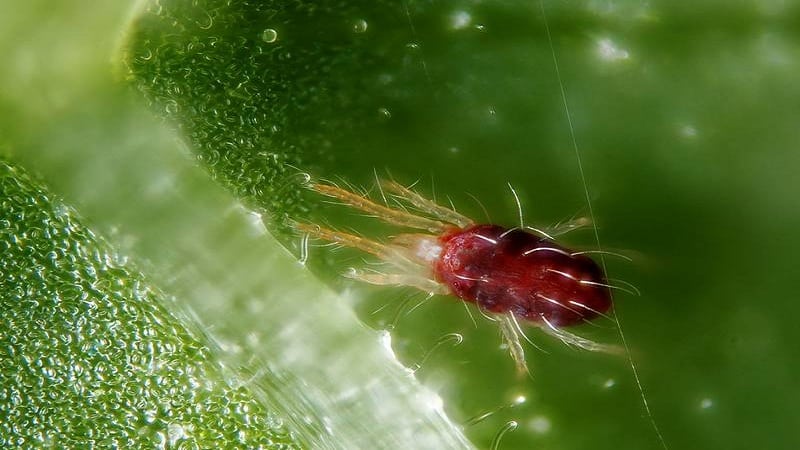
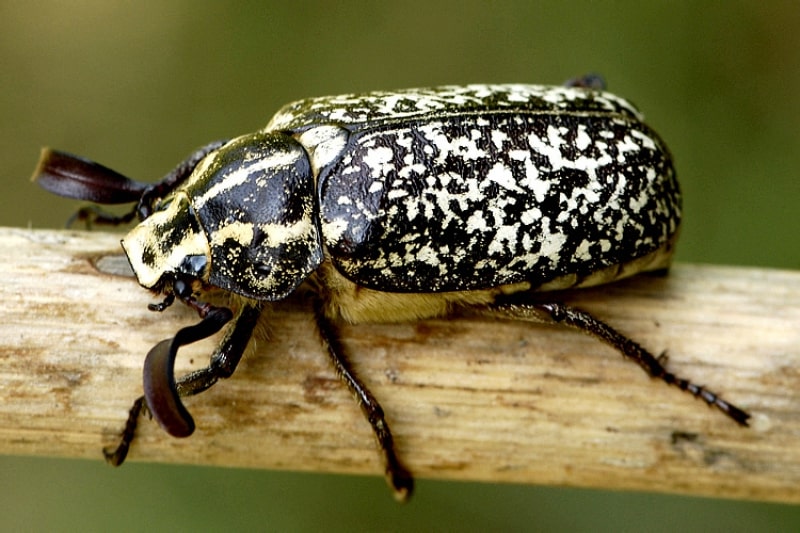
When to process grapes
Before starting spring processing, they are guided by the stage of the grape growing season. The timing varies from region to region. The procedure is carried out after removing the cover and securing the grapes to the trellises. In this case, the daytime air temperature should be at least +10°C, and the nighttime temperature should be +5°C.
Frequency of procedure
Spring processing of grapes is carried out in 3 stages:
- From April 1 to April 15, with closed buds, until a green cone appears. During this period, the substances kill the fungus but do not damage the plant buds. Cultivate the soil under the bushes and shoots.
- From the end of April or beginning of May, before flowering. The main goal is to destroy pests that hide under the bud scales. They cultivate the bush and the ground underneath it.
- Late May – early June. By this time, the shoots of the plant reach 10-15 cm. The grapes are treated mainly against powdery mildew and other fungi: healthy bushes - 1 time, infected last year - 2-3 times.
At the beginning of sap flow, spring frosts are very dangerous. They can destroy buds that are beginning to bloom.
Read also:
Popular delicious grape variety "Aligote"
How to process grapes
Experienced winegrowers are not limited to one group of products. They use biological and chemical preparations, as well as traditional methods.
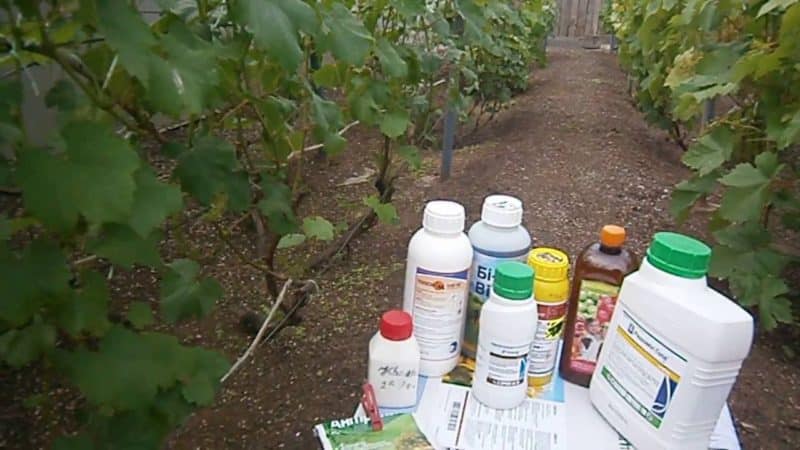
Chemicals
Chemicals are used to control diseases and pests. Some products fight fungi, others fight pests, but there are also complex preparations.
Effective chemicals:
- Bordeaux liquid. It is used against rot and downy mildew before bud opening. The mixture is irrigated on all sides of the stems.
- "Tiovit Jet". Broad-spectrum agent. It is used to treat young shoots on which 3-4 leaves have already appeared.
- "Strobe". Destroys black scab, powdery mildew, basal cancer. Spray the ovaries, blossoming leaves and soil at the roots.
- Copper sulfate. It disinfects plants well and protects them from pests. A 1% solution is suitable for young vines, a 3% solution is suitable for adults and those previously susceptible to diseases. Processing is carried out in cool weather. In hot weather, using the product causes leaf burns.
- Inkstone. In early spring, plants are treated for preventive purposes using a 0.5% solution. It is used immediately after preparation.
- "Apollo". Used to kill ticks. The product kills their larvae, eggs and young individuals. All parts of the plant are generously moistened with the preparation.
- "Aktellik". The product causes the death of insects when it enters their intestines.Grapes are processed in warm, dry weather.
- "Marshal". Destroys all types of gnawing and sucking insects. The product accumulates in plant tissues, making it toxic to pests.
All chemicals are used strictly following the dosage specified in the instructions.
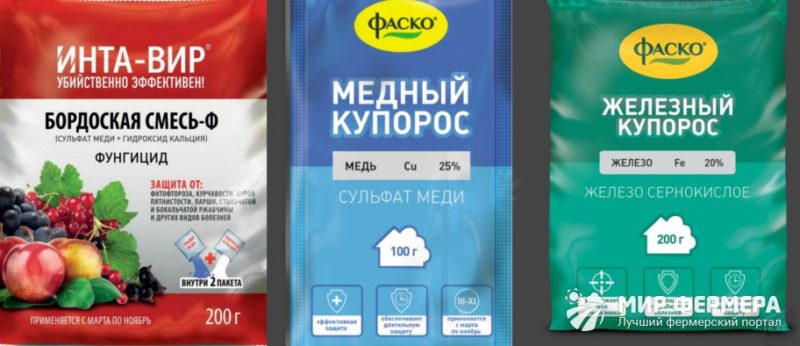
Biological agents
Biological products have less toxicity compared to chemical ones and act just as effectively, which is why they are widely used for processing grapes.
Effective biological agents:
- "Fitosporin-M". Environmentally safe product. Neutralizes dangerous microflora and increases grape resistance to disease. All parts of the plant are treated with it.
- "Planriz." The drug successfully fights various types of rot. The product is used for watering at the root and all above-ground parts of the plant are sprayed.
- "Trichodermin." Suppresses more than 60 types of cultural pathogens. The drug is compatible with other products and fertilizers and is non-toxic. All parts of the plant are sprayed with the product.
- "Gapsin." A complex drug that fights diseases and insect pests. Spray the vineyard several times. Before planting seedlings, it is recommended to soak the roots in the Gaupsin solution.
- "Bitoxibacillin." Protects against gnawing, fruit-damaging and sucking insects. Spray plants in the morning or evening in dry, warm weather.
Folk remedies
For those who prefer folk remedies to combat pests and diseases, there are many simple but effective recipes:
- A mixture of milk and water. Helps in the fight against powdery mildew. The ingredients are diluted in a 1:1 ratio and the grapes are sprayed.
- Onion peel tincture. Used to combat fungal infections.Half the container is filled with husks and water is added to the top. The mixture is boiled for 20 minutes and infused for 24 hours. Then filter and use for spraying. To enhance the effect, add a little honey.
- A mixture of baking soda and iodine. For 500 ml of water take 2 tbsp. l. soda, 10 ml of iodine and add potassium permanganate. The mixture is poured into a sprayer and the bushes are treated. This protects against diseases and insects and ensures a clean harvest.
- Garlic tincture. Effective in the fight against spider mites. 2-3 heads of garlic are poured with water into 1/2 of a 3-liter jar, after a day, water is added to the top.
What products to choose before and after bud break
When processing grapes in spring, it is important to take into account the stages of bud break. This is due to the fact that the causative agents of certain diseases and pests must be destroyed before they awaken. Otherwise, it will be difficult to fight them.
Before the buds open, use copper sulfate, Bordeaux mixture, Tiovid Jet, Gaupsin, Fitospori-M. After bud break, “Strobi”, “Apollo”, “Trichodermin”, “Bitoxibacillin” are effective.
How to properly process grapes

Before spring treatment, grape bushes must be prepared: pruning, removing damaged leaves, tying up the vines trellises. To prevent last year's infections from spreading, diseased shoots are burned. It is also necessary to level the ground and straighten the depressions in the trellis rows.
It is important not to skip the first preventative spraying before the buds open. It is carried out at an air temperature of +4…+6°C. This is especially true for vines that were susceptible to disease last year.
Treatment against grape mites is carried out before flowering in the phase of 9-12 leaves. The best time to treat bushes is in the evening after sunset. The leaves remain moistened with chemical mixtures for a long time. To better saturate the plant, spray it from top to bottom.
The drugs are used by calculating the activity cycles of pathogenic microorganisms, observing the frequency of treatment specified in the instructions.
Precautionary measures
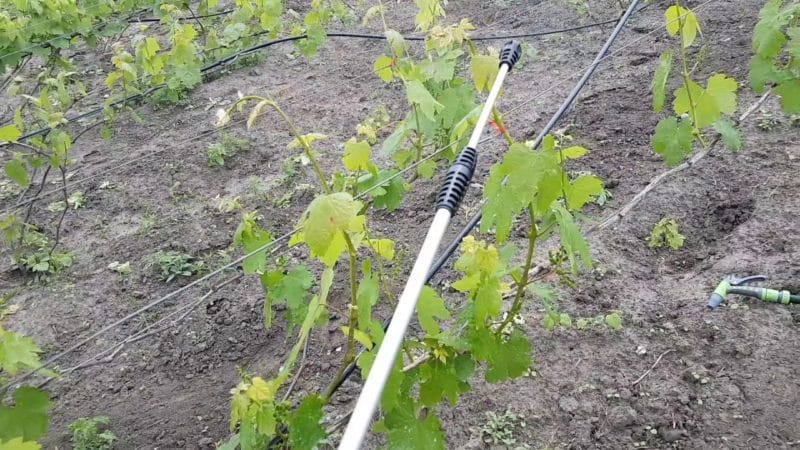
By neglecting precautions, you can harm your health and the environment. Therefore, when processing grapes, you should follow simple rules:
- use officially approved drugs;
- follow the dosages indicated in the instructions;
- use clothes made of thick fabric;
- protect the respiratory tract with a respirator;
- wear special glasses for your eyes;
- store chemicals in appropriate containers with a lid and a secure lock;
- After carrying out work, wash your hands and face with soap.
Common Mistakes to Avoid
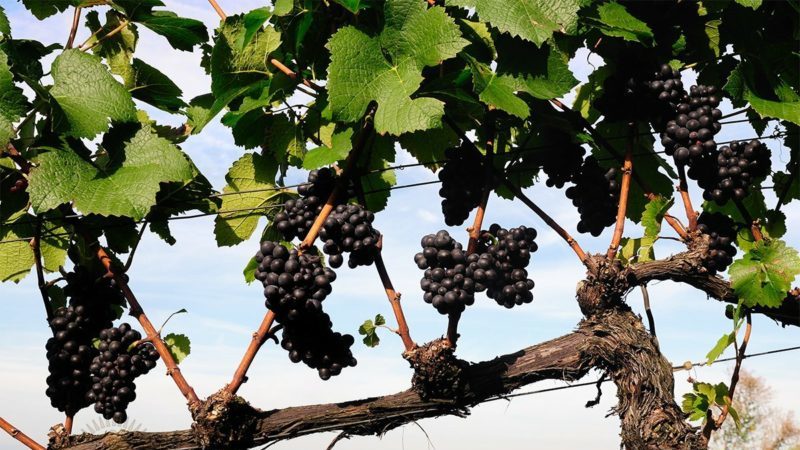
Inexperienced gardeners often make mistakes that can cause them to lose their harvest:
- Failure to comply with the processing schedule. Untimely spraying will not have a positive effect.
- Use copper sulfate at any time. This solution is used only until the ovaries form.
- Failure to follow instructions. Any product is aimed at solving specific problems, and if the instructions are not followed, side effects may occur.
- Use the same products every year. In this case, their effectiveness decreases.
- Spraying at the time of flowering. This can only be done if the plant has a very serious disease.
Read also:
Hybrid grape Kesha - description and characteristics
Conclusion
Every gardener who grows this crop strives to grow a grape harvest, but without proper care it is difficult to do this.
The key to a good harvest is timely treatment in the spring against diseases and pests. When using effective preparations, observing processing times and safety measures, the vineyard will delight you with an abundance of tasty and juicy berries.